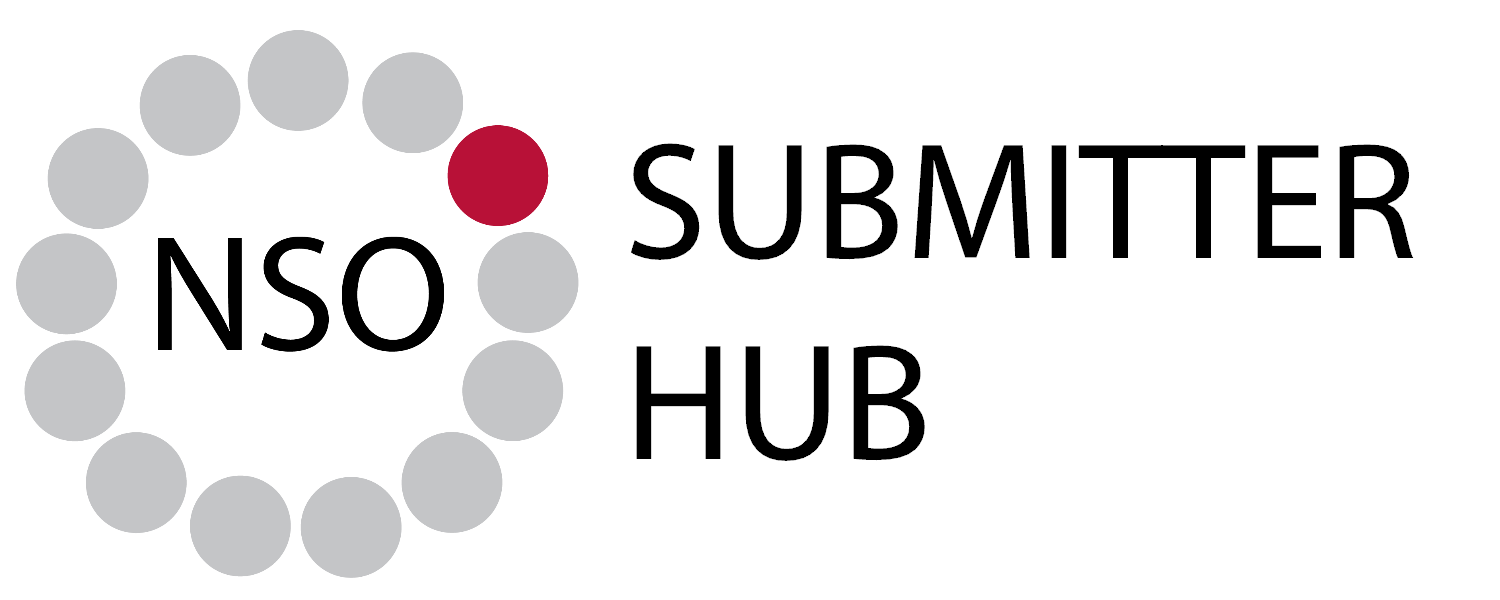- A site specific graphical report showing the time it takes from the collection of a NBS dried blood spot (DBS) specimen to its receipt at NSO.
- Data is displayed based on the day of the week the specimen is collected, and includes all specimens received at NSO during the period of the report.
- This indicator is sensitive to weather or courier related delays but does take into consideration the geographical location of your facility or practice and whether the courier system is able to provide weekday overnight delivery of your specimens to NSO, and whether Friday night pick-up for Saturday delivery, and Saturday pick-up for Monday delivery at NSO are courier options available to you.
Click here for information about how to interpret the DBS Transit Time Indicator.
If weekend pick-up and delivery options are available from your location, and you are not taking advantage of them, you may notice an increase in ≥ 1 day transit times. Submitters from more remote Ontario sites will be pleased to find the report should better reflect their performance taking into consideration the courier services currently available at their location.
